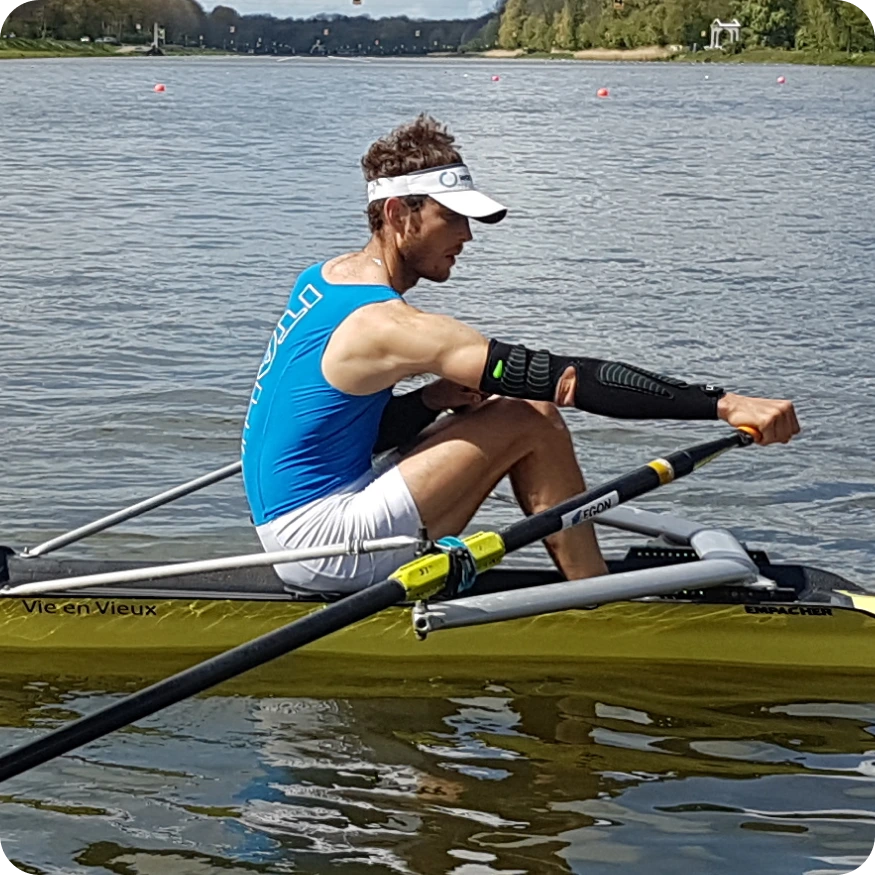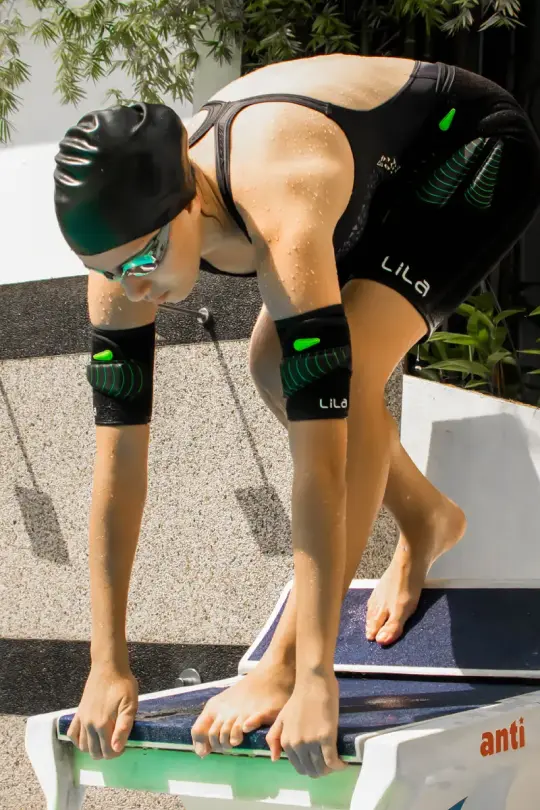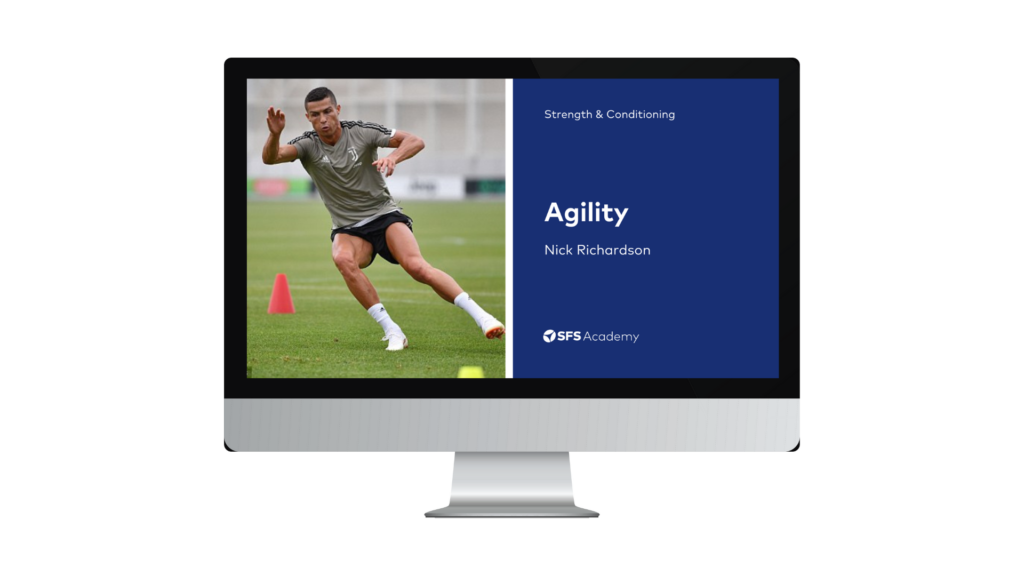About this Episode
In episode 145, Joe Dolcetti, Founder of Lila, joins us.
Specifically Joe will be looking at:
- What wearable resistance is
- How wearable resistance affects running technique
- How to use wearable resistance to improve performance
Speed kills, but training speed can be an absolute minefield. There are massive debates as to the effectiveness of particular exercises and methods and their transfer to sprinting. But what about just loading the movement itself?
Step forward wearable resistance. Wearable resistance could unlock your true speed potential by allowing you to train the skill of sprinting with resistance while maintaining perfect technique.
Sound too good to be true? We thought so too. That’s why we got Joe Dolcetti, founder of Exogen, a wearable resistance company that provides athletes with the opportunity to attach light weights to their body so that they can practice sprinting (or any other sport skill) with increased resistance.

Now I know what you’re thinking, loading up a sprint with weight will make it slow and cumbersome, and ultimately it might alter the technique of the athlete for the worse, so how do you avoid this pitfall?
The trick, however, is to make sure that the load is not too heavy. That’s where wearable resistance comes in, with weights as low as just a hundred grams.
“It’s a lot lighter than people think. Weighted vests, ankle weights, and wrist weights are kind of measured in pounds and kilos. Our loading is measured in grams and ounces,” Dolcetti said.
In fact, when used correctly, wearable resistance might actually be able to improve technique, by accentuating certain areas of the running pattern.
“When the loading is the optimal load, you not only won’t negatively affect technique, but you can actually improve it. If you have an athlete who is an under-strider, we can create an over-striding pattern. If you had an over Strider, we can create an under-striding pattern. So the load starts becoming a coaching cue,” Dolcetti said.
This sounds great, but how do you actually use these weights to improve performance? Initially, you might have to use some trial and error.
“The first thing you do is go for a run and move the weight around the body part, put it in the front, put it in the back, put it at the ankle, put it at the knee. One two-kilometer run later you’ll come back with an acute understanding of where the load moving around different positions affects your body,” Dolcetti said.
The second recommendation Dolcetti gives is to attack a problem area.
“Where’s the slowness coming from? Is it the recovery from the front of the hip? Then? If it’s the front of the hip, let’s put the load on the front of the hip, because that’s the problem. And so loading the problem gets really intuitive,” Dolcetti said.
When you’ve got a grip on using wearable resistance, you’ll likely want to progress the load. However, because limb length plays a large role in the equation (literally), it’s important not to just crack more weight on the body, like you might on a barbell.
Progression should initially be down the limb, instead of using more weight.
“If you just move that load from the shoulder to the elbow or from the hip to the knee, you increase rotational workload by 25%. Just moving that load down the shaft. Obviously depending on how much the load is,” Dolcetti said.
This is an important point because the body is moving at speed, using various lever arms at different limbs, it can be complex to know exactly what is happening at specific joints when the weight is moved.

One example of this is when sprinting legend Justin Gatlin tried wearable resistance for the first time. Dolcetti advised starting with a light weight on the hip, and when this was easy, he moved the weight down the limb.
“Let’s just start with a little bit of weight on the hip. And then, once he said, okay, I can handle more, boom, they moved it to the knee. And now he’s like, oh, wow, it changed everything,” Dolcetti said.
So there you have it, the power of wearable resistance to improve sprinting performance through light-resisted sprinting and even optimised technique.
If you want to hear more from Dolcetti on how to use wearable resistance including exactly how he prescribes this for sprinters and how he helps other coaches to optimise movement with these weights, be sure to check out the full podcast using the link below.




